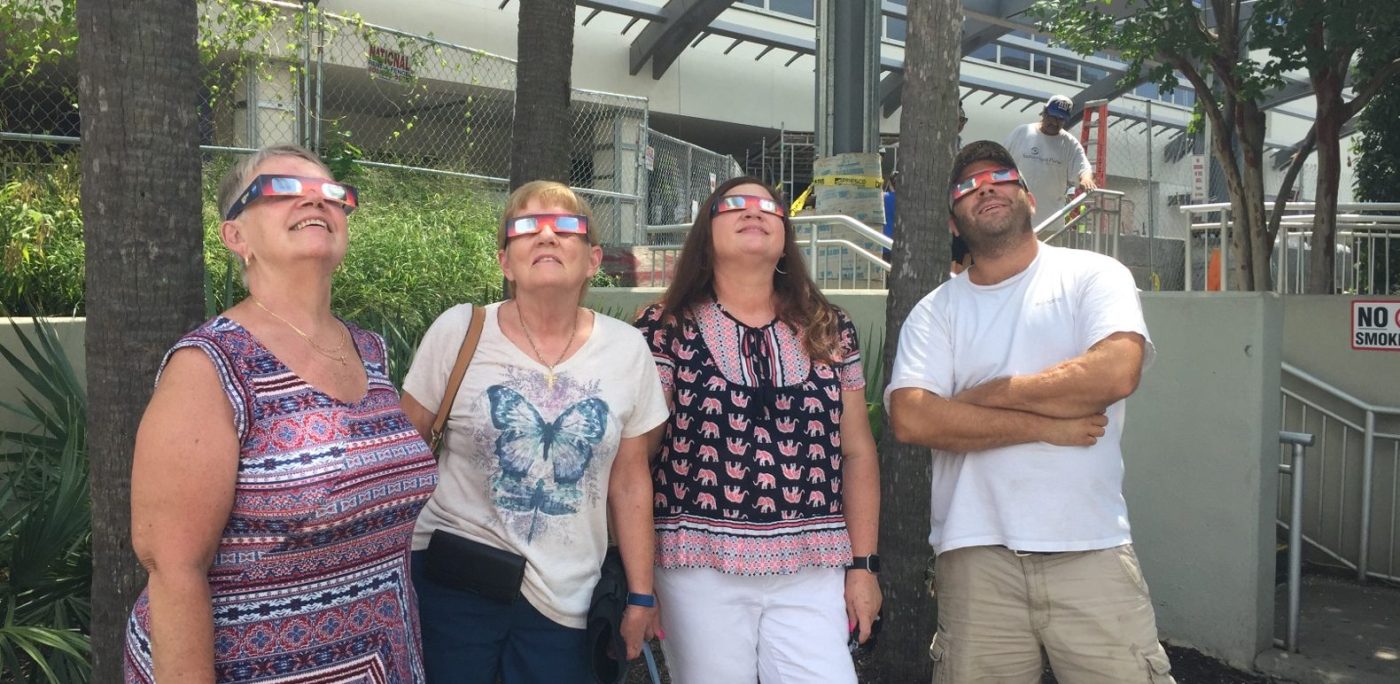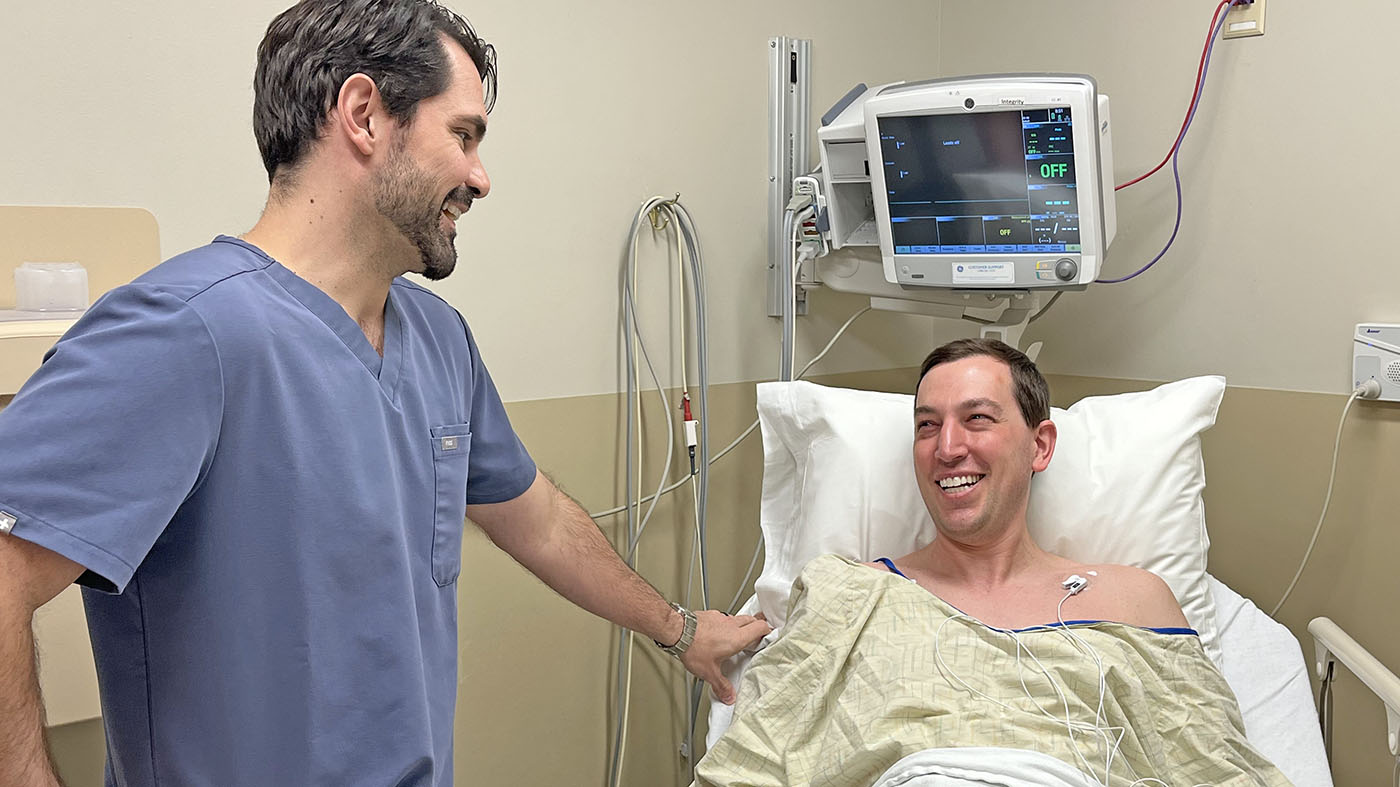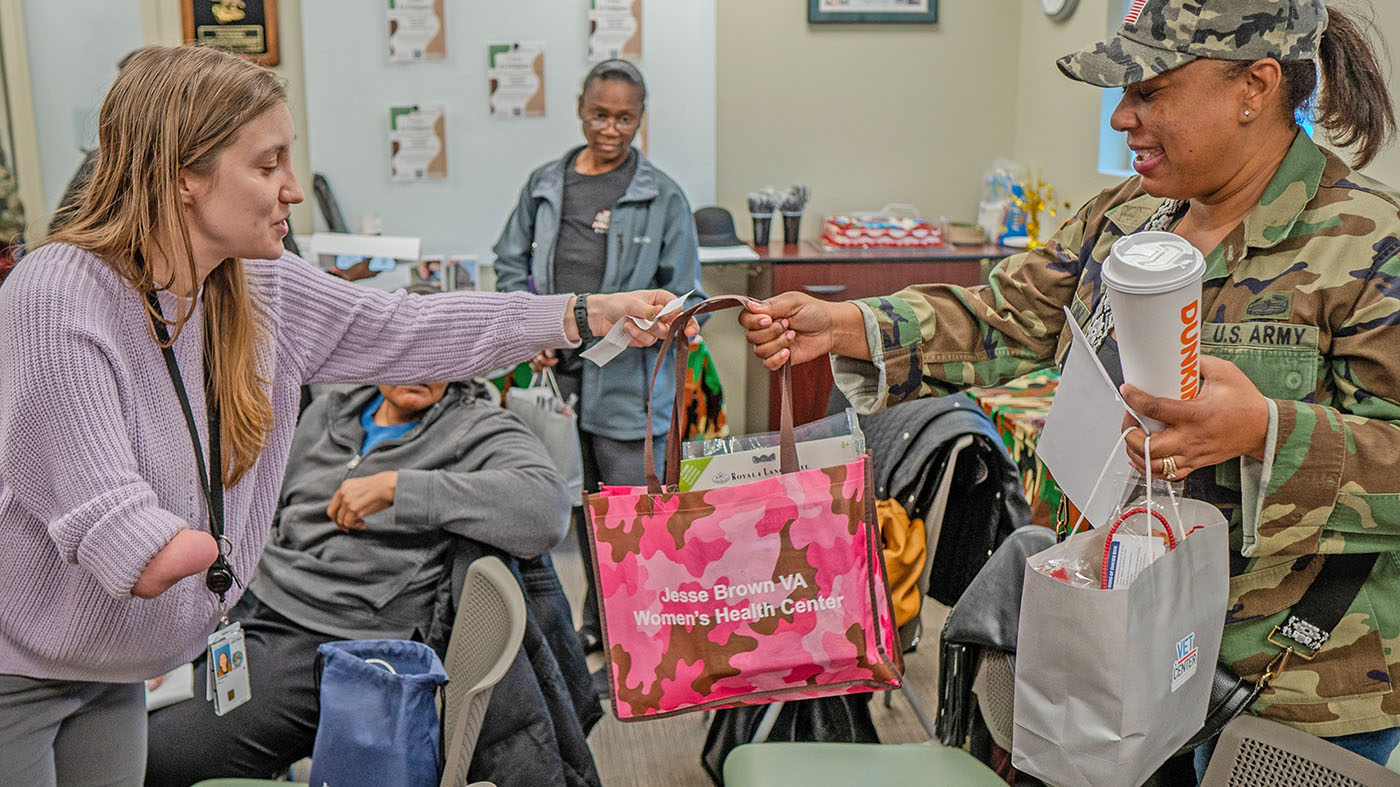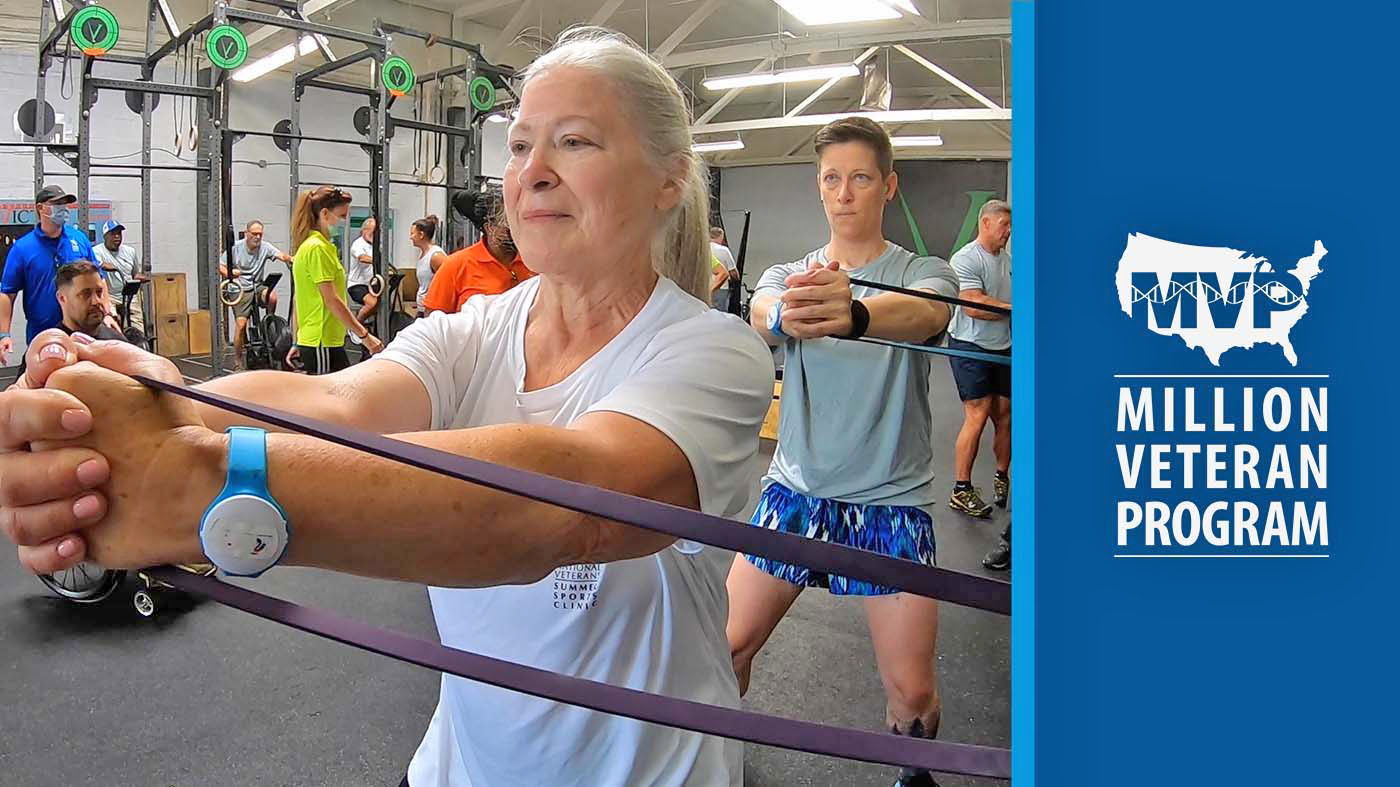On Monday, Aug. 21, 2017, residents of South Carolina, and several other states across the nation, will be treated to a rare celestial event – a total solar eclipse. This type of eclipse occurs when the moon passes between the sun and the Earth and temporarily blocks the light from the sun, resulting in almost total darkness.
According to NASA, the eclipse will begin along its path of totality starting at about 10:17 a.m. ET in Lebanon, Oregon, and cut diagonally across the country, concluding at about 2:48 p.m. ET in Charleston, South Carolina, home of the Ralph H. Johnson VA Medical Center. This is the first total solar eclipse visible in the United States since Feb. 26, 1979.
“This is an exciting event, to be sure,” said Dr. Jeffrey Blice, Ralph H. Johnson VA Medical Center staff physician and vitreo-retinal specialist. “However, it’s important for people to realize the dangers involved with viewing the eclipse incorrectly – namely, severe retinal injury and blindness.”
Blice says the absolute safest way to view the eclipse is to watch it online, though he acknowledges that this is unlikely to be a viewer’s first choice, especially given the novelty of seeing such a rare astronomical event in person. He advises people to consider watching the eclipse online through NASA’s live stream of the event, accessible here, or using a pinhole viewing device, which can be constructed from household materials or by using your interlaced fingers. The American Astronomical Society offers guidance for projection viewing here.
“The pinhole projector methods actually make for a unique viewing experience,” Blice explained. “It’s a fun activity to do with your kids and these devices have the added benefit of eye safety since you’re never looking directly at the sun.”
The only safe way to look directly at the uneclipsed or partially eclipsed sun is through approved eclipse glasses that include special-purpose filters.

Proper solar viewing glasses should be marked with the ISO 12312-2 designator, which means they are internationally certified to block both ultra-violet and infra-red light. Click on image for a larger view.
Solar eclipse viewing glasses are available at varying costs online through reputable vendors as verified by the American Astronomical Society.
“However you choose to view the eclipse, it’s important to practice with your glasses or pinhole projector first,” Blice said. “Make sure you know how to use your viewing device so you don’t risk missing the real thing or, worse, damaging your eyesight.”
NASA guidance warns viewers that the only safe moment to look at the sun without the protection of the eclipse glasses is during the approximate 1 minute and 45 seconds of totality. To avoid potential injury, glasses should be worn while any part of the sun is still visible. Once the moon completely blocks all light from the sun (resulting in dramatic daytime darkness), it is safe to remove the viewing glasses and experience totality. As soon the sun begins to reappear, viewers should turn away from the sun, replace their eclipse glasses, and then turn back towards the sun to view the remaining partial phases of the eclipse. Those outside the path of totality must always use the solar eclipse glasses to safely view the sun directly.
“The viewing glasses are incredibly important,” said Blice. “Dark sunglasses, welders glasses or any other method other than these specialized filters will not protect your eyes. You also should not use view the eclipse through binoculars, a telescope or a camera while wearing your eclipse glasses as these devices magnify and focus light and make the glasses less effective.”
Blice explains that viewing the eclipse incorrectly can cause central vision abnormalities and interfere with the person’s ability to read, drive or perform normal tasks. In severe cases, damage can be permanent – resulting in legal blindness or a central dark spot in the person’s vision.
“I think people need to have a healthy respect for the potential to get themselves into real trouble in terms of their vision if they aren’t following the proper viewing procedures,” Blice said.
Viewers should seek medical attention immediately if they suspect they may have damaged their eyesight while viewing the eclipse. Blice explains that there isn’t always a treatment for this type of eye injury but proper diagnosis is key in providing the correct medical care.
NASA also has more in-depth information about the event here.

Topics in this story
More Stories
Navy Veteran and president of the American Medical Association got a colonoscopy and encourages other Veterans to do the same.
Chicago Vet Center and VA gave women Veterans information on VA services available to them.
MVP’s research informs personalized care for Veterans, supporting whole health and beyond.







Your email to me suggesting I use caution when viewing the solar eclipse just came to me this morning (8/25 at 6:30 AM).
The eclipse occurred 4 days ago.
Sage points about eye safety. I remember a solar eclipse about 15 years ago now and as far as I recall, there was never any industry standard viewing protection. I borrowed a makeshift device a neighbor had, luckily I still have my vision!